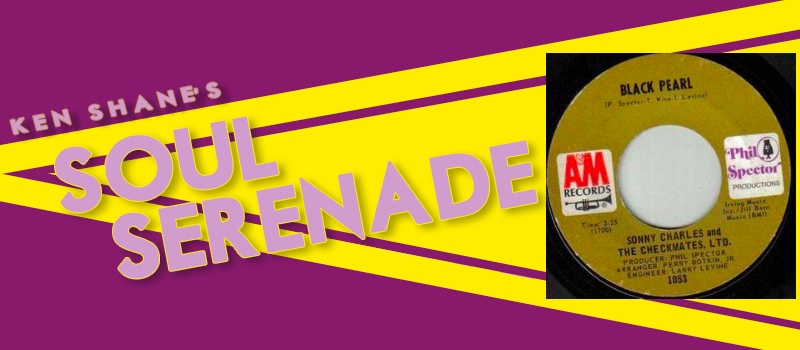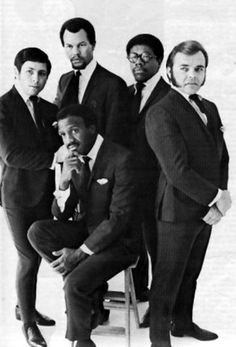 I worked at this classic New Jersey hot dog joint called Syd’s for eight years in my youth. Syd’s had originally been in the Weequahic section of Newark and was a popular attraction until Syd himself passed away. Some years later, a couple of guys who worked for Syd in Newark decided to open their own restaurant in another town, Vauxhall, which is not far from Newark. Lennie and Jack went to visit Syd’s widow, seeking her blessing for their new enterprise, which they hoped to name Syd’s. Their request was granted.
I worked at this classic New Jersey hot dog joint called Syd’s for eight years in my youth. Syd’s had originally been in the Weequahic section of Newark and was a popular attraction until Syd himself passed away. Some years later, a couple of guys who worked for Syd in Newark decided to open their own restaurant in another town, Vauxhall, which is not far from Newark. Lennie and Jack went to visit Syd’s widow, seeking her blessing for their new enterprise, which they hoped to name Syd’s. Their request was granted.
For more than 30 years, new customers would come in and when they spoke to Lennie (Jack bailed out relatively early on), they called him Syd. I never once heard Lennie try to correct them. The old-timers from Weequahic also came by, and many of them became regular customers. They would often ask if the new Syd’s was the same as the old. Lennie would always calmly reply that he had tried to make it as close to the old place as possible … but the Board of Health wouldn’t let him (rimshot).
One of the regulars was a guy named Irwin Levine, who lived nearby. Despite my interest in all things music, I was unaware that Irwin was a hit songwriter. To me he was just a guy eating a hot dog at the counter. Then I was told that he had co-written a smash called “Tie a Yellow Ribbon Round the Ole Oak Tree” for Tony Orlando and Dawn, and I cared even less. That wasn’t his only hit either. He also wrote “I Woke Up in Love This Morning,” “Say, Has Anybody Seen My Sweet Gypsy Rose,” “Knock Three Times,” and “Candida,” all stone smashes for Orlando.
Levine’s career didn’t end with Tony Orlando however. He also co-wrote the 1965 Gary Lewis & the Playboys hit “This Diamond Ring” along with Al Kooper and Bob Brass. When I learned this, my respect-o-meter began to rise for Levine. Then today, 40 years after I last saw him at the Syd’s counter, I began to research a record called “Black Pearl” for this column, and wouldn’t you know it, Levine co-wrote that one too, along with Toni Wine and Phil Spector.
Levine and Wine were signed to Don Kirshner’s publishing company when they were still teenagers. They wrote “Black Pearl,” an anthem of respect for black women, in Wine’s apartment. Spector earned his writing credit, as he often did, by authoring the powerful production of the record. If you think his credit was somehow unearned, think again. This record, and many others, would never have become the hits they did without Spector’s magic touch.
“It was about a black woman. The male is singing to her, she is his sweetheart. She is his world, and she is his black pearl. They’re dreaming of better times, better days, and he is saying, ‘Black pearl, pretty little girl, let me put you up where you belong. Black pearl, precious little girl, you’ve been in the background much too long.’ Which, at that time, with segregation, you had black students, white students, but older people, a lot of the black women, were depicted as being housekeepers, cooks, rather than having positions in companies, whether they were capable or not. It was a very difficult time period. They really weren’t given the chances that their counterparts, the white women, may have been given. And it was time to have a song putting them on a pedestal,” Wine said of her creation.
Sonny Charles was from Fort Wayne, Indiana. He led an integrated group called the Checkmates, Ltd. in the ’60s and ’70s. “Black Pearl” was by far their biggest, although not their only hit. The record entered the Billboard Hot 100 at #75 on May 4, 1969. By June 29, the record had reached a peak position at #13, and it remained in the Top 100 for 13 weeks that summer. “Love Is All I Have To Give,” and a cover of the Credence hit “Proud Mary” didn’t impact the US charts, but did well overseas. Spector produced both of those tracks as well.
Charles departed the group for a solo career in 1970. The Checkmates disbanded for a time, but reunited in 1974, and continue to play for a few more years. Charles had success with a 1982 album called The Sun Still Shines, which reached the #14 spot on the Black Albums Chart. The hit single “Put It in a Magazine,” rose to #2 on the R&B chart, and was a Top 40 hit on the Billboard Hot 100. A follow-up single, “Always On My Mind” made it to #53, but Charles faded from view after that until he turned up again in 2008 as a member of the Steve Miller Band.
As you might imagine, I’m now kicking myself for not spending more time discussing music with this guy who not only wrote some classic songs, but knew some of the legendary figures of the music scene. Now I’ll never get that chance because Irwin Levine died in NJ back in 1997. Ah the arrogance of youth.
https://www.youtube.com/watch?v=BWGWvh7gpvU






Comments